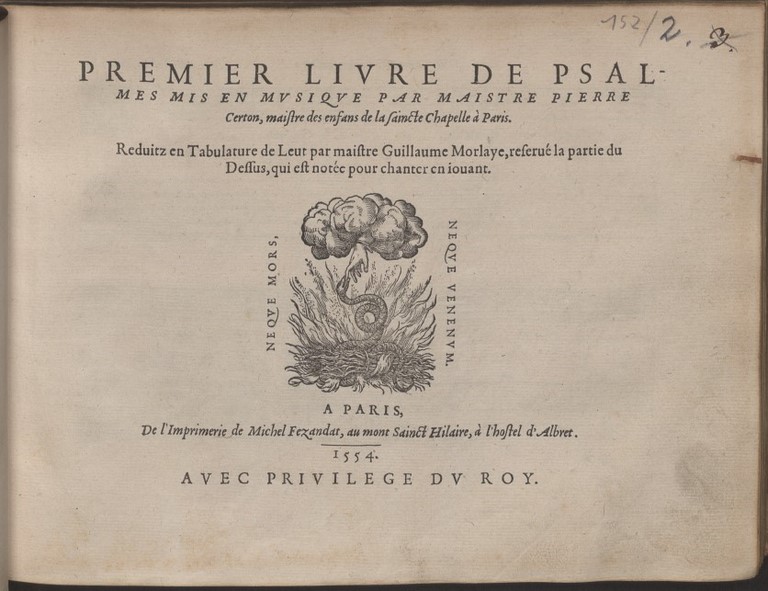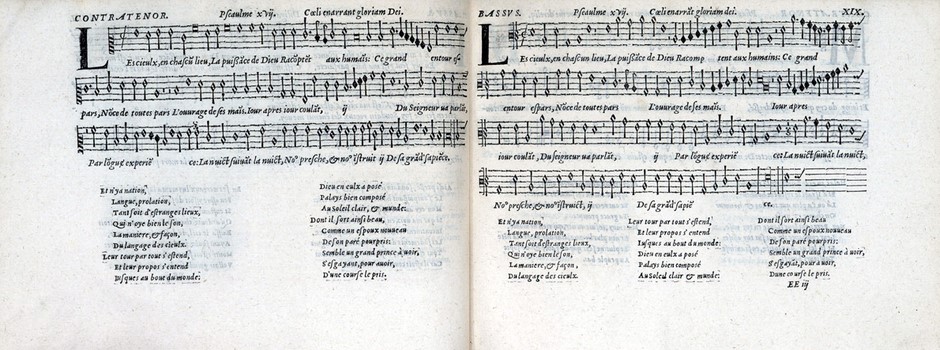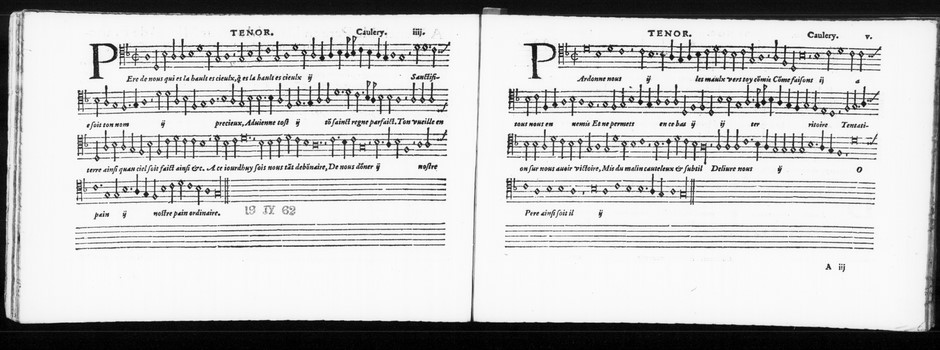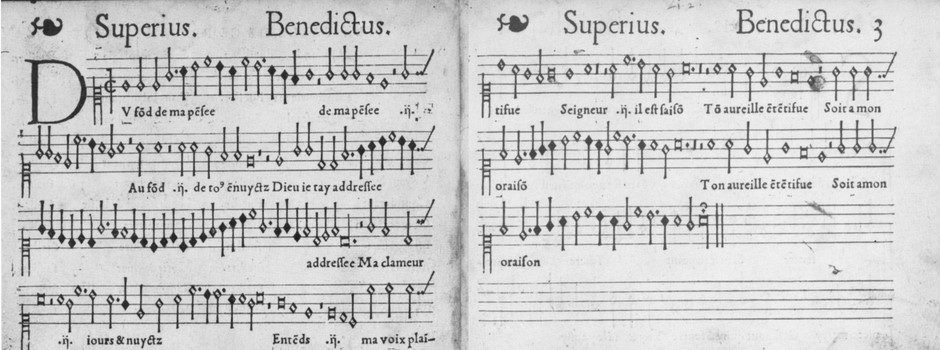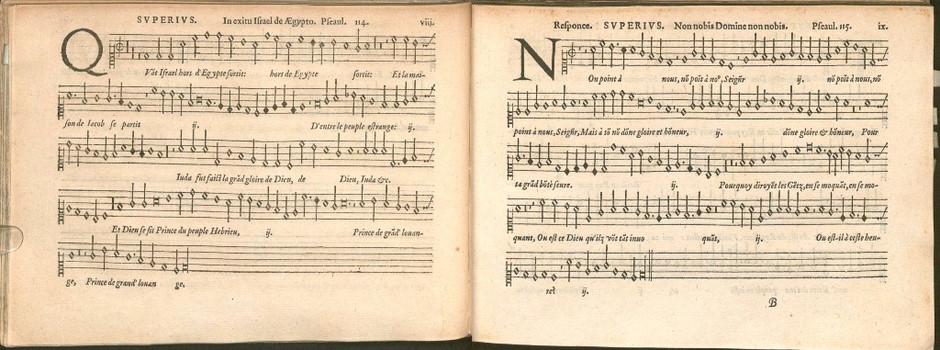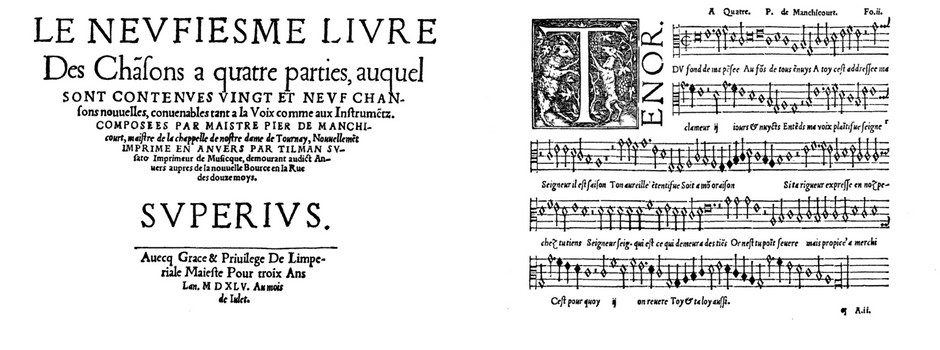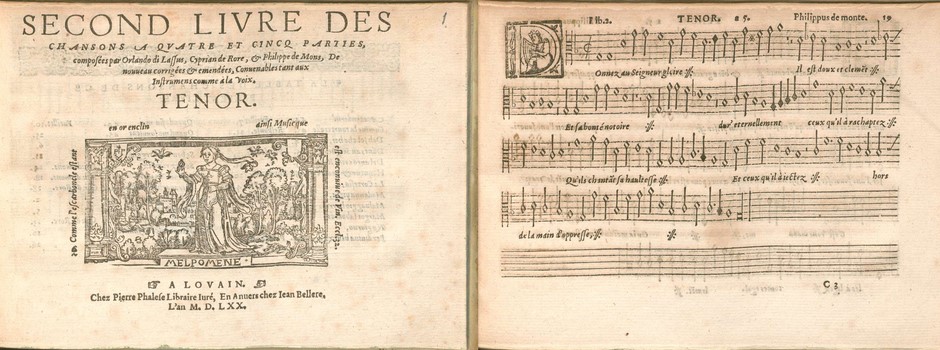Pierre Certon/Guillaume Morlaye
Pierre Certon
Life & work
Psalms
Already in 1545/6 Pierre Certon published 31 Psalm settings, in a duo publication with Antoine (de) Morable. In 1555 Certon completed the Psalter, publishing Cinquante Pseaulmes de David... dedicated to Diane de Poitiers. Only the Tenor partbook survives. In 1554 Guillaume Morlaye, lutenist/composer/music-editor published a selection of Certon's Psalms intavolated for lute. An example how that sounds, when a tenor sings the tune (NB: not as an ecclesial (liturgical) Psalmsong, but as a true 'chanson spirituel', in Parisian style, for which Certon and De Sermisy are famous). What you hear is the famous penitential Psalm 'De profundis' rendered into French verse by Clément Marot: Du fond de ma pensée (performed by Chant1450). Below an image of the tabulature.
Lute intavolations
Guillaume Morlaye (ca. 1510 - ca. 1558 ) was a pupil of Albert Rippe. Next to composing lute-music himself, he became active (and successfull) in editing and publishing music of others (intavolations or adaptations for lute, guitar, cither). He did not compose Psalmsettings himself, but adapted Psalm settings, composed by Pierre Certon for lute.
- Premier livre de [13] psalmes … reduitz en tabulature de leut par Maistre Guillaume Morlaye... dessus qui est notée pour chanter en jouant (Michel Fezandat, Paris, 1554).
